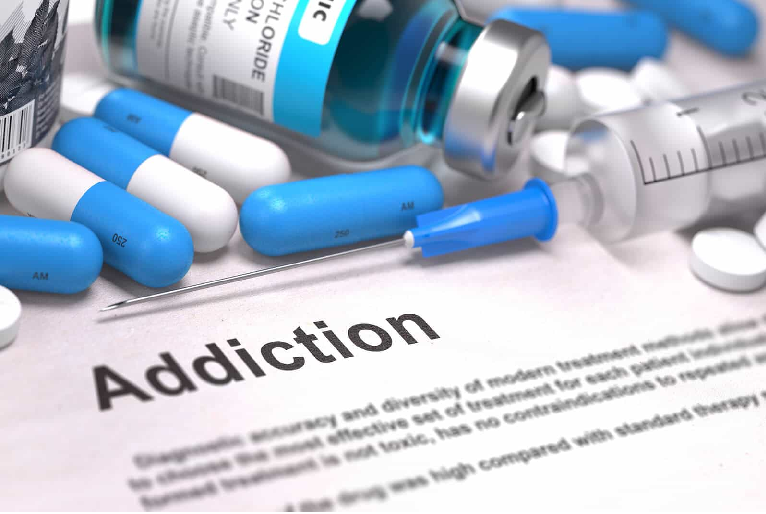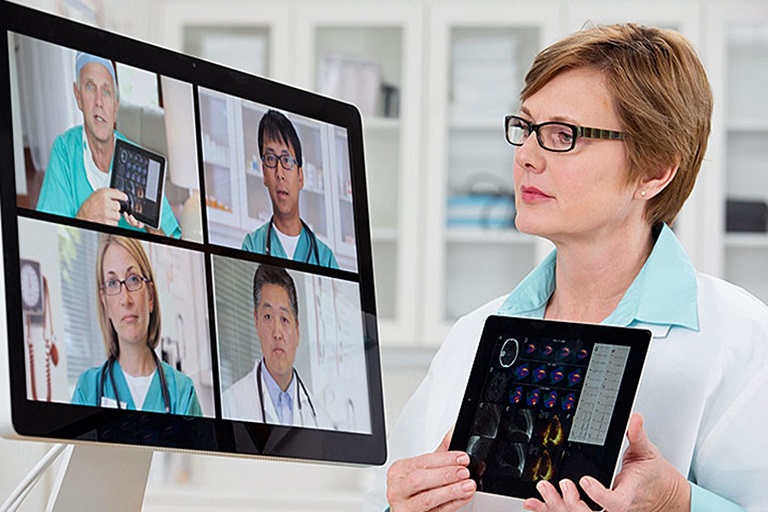Over time, technology such as PO management software has altered the way people do business, communicate, consume media, and impacted their health and wellbeing. It has also made health care more accessible by making it easier to understand, cheaper, and easier to reach. It has become essential to explore the way Americans can utilize technology to get access to quality healthcare. People around the world lack access to better health care for various reasons. Factors such as finances, language, and area of residence can limit your access to medical care. However, technology in the healthcare industry can increase access to care, increase efficiency, and improve communication. For example, technology such as drug container caps with motion detectors and smartphones let doctors and nurses know when patients haven’t taken their daily dose. Below are ways patients and care professionals are utilizing technologies such as video conferencing and smartphone apps to improve healthcare.
Telemedicine
It’s a technology that allows patients to communicate with doctors and nurses via video or phone. Telemedicine offers a plethora of benefits, and it’s often cheaper compared to in-person hospital visits. With telemedicine technology, sick people don’t have to get out to the public, as they can endanger others. Instead, it makes access to health care more to people in remote areas and homebound people. While telemedicine technology has the potential to revolutionize healthcare, it’s still in its infancy. The best way to reduce healthcare costs is to adopt telemedicine technology as a replacement for in-person hospital visits. Many people around the world still view telemedicine technology as an add-on to in-person consultations instead of a substitute.
Electronic Consultations
People in remote areas have to travel hundreds of kilometers to see a specialist, which is often an expensive burden for them and time-consuming. However, technologies such as video conferencing are allowing people in rural areas to consult with their specialists virtually. Video conferencing has even eliminated the need for a patient to travel far distances to meet a surgeon or organ specialist. It has also eliminated unnecessary referrals to specialists. Patients can now consult their specialists at their local clinics using video conferencing technology.
Smartphone Add-Ons and Apps
Anyone that has a smartphone has a handheld computer at their fingertips. Coders are taking advantage of that to develop add-ons and apps that can turn a smartphone into a medical device. Nurses can now use smartphones to monitor wounds through mobile apps that let patients take photos of their injury and send them to their doctor for assessment. Other apps have turned a mobile device into an ECG machine to help patients measure the electrical activity of their heart. These apps could soon make healthcare more affordable by allowing hospitals to replace large, complicated equipment with relatively inexpensive mobile apps and devices. With smartphone apps, patients don’t have to travel to a health center to do some tests; instead, telemedicine technologies let them monitor their health status and send results to their specialists.
Robot Doctors
Soon, the artificial intelligence-powered medical advice might pop up. Several tech-savvy enterprises are working on and testing out software that would let patients seek medical consultations from advanced computer systems. For example, there is a company that has already launched an app that patients will use to find medical advice via their mobile devices. A US-based firm is also working on a smartphone app that Type 2 diabetes patients will use to manage and even reverse their condition. Smartphone users will use these apps to input their health information and transmit it automatically via technologies such as fitness trackers. AI-powered apps will also help patients stick to their health plan and contact their care physician immediately a problem arises. Telemedicine technologies have also ensured better health outcomes through affordable medicines and access to quality care. Industry experts view telemedicine technologies as the driving force behind the continued growth and improvement of healthcare. Based on the recent innovations and the rate of transformations, many people tend to agree with that observation.




























